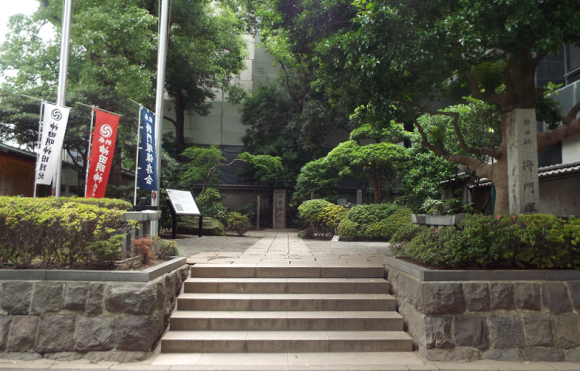
Summer in Japan means heat and humidity — enough such that people will try to cool down by any means necessary, including enjoying a few hair-raising ghost stories. From haunted houses to horror films, there are plenty of ways to get goosebumps in Japan, but today we’ll be taking you to the location of one of Tokyo’s most famous angry spirit!
Though it’s not exactly a shinrei spot (a place where ghosts have allegedly appeared), Taira no Masakada Kubizuka is one of the most famous “ghost” spots in Japan. It’s where Taira no Masakada’s head was enshrined in order to quell his spirit…because people believed it was wrecking havoc on the capital!
Taira no Masakado, pictured above, was a wealthy samurai during the Heian Period. Though his date of birth is unknown, what is known is the date of his death: March 25, 940. That was the day he was beheaded after starting the Taira Masakado Insurrection, which lasted only 59 days from the year 939 to 940.
Legend has it that after Masakado’s head was displayed in the capital (which was Kyoto at the time), it flew off — of its own accord — and landed in the area which would later become Edo (present-day Tokyo). Though the head apparently landed in several places, it is most famously enshrined in Otemachi, not far from Tokyo Station.
▼ A street sign indicating the way to Taira no Masakado Kubizuka
In case you’re unfamiliar with Tokyo’s various districts, Otemachi could be considered the Wall Street of Japan, as it is one of the largest financial districts in Japan and home to numerous company headquarters. Land prices in the area are, as you might imagine, extremely high, and yet the monument is large enough to fit a couple of small Tokyo apartments, as you can see in the photo below. Why in the world is still standing, you might be wondering. This is prime real estate!
▼ The monument as seen from the street
First, let’s go back in time a little bit to the early part of the 1300s. A number of calamities were plaguing the people of the area, and the disasters were blamed on the spirit of Taira no Masakado. To quell the angry spirit, the original monument was built in 1309.
But over 600 years later, the value of the land had risen significantly — and it was conveniently located in the country’s new capital. The site of the monument was the perfect spot for a new building! But would anyone dare to disturb the angry spirit? If you’ve ever seen any horror movie ever, you’ll already know the answer to this question.
In 1923, following the Kanto Earthquake, which destroyed much of the city, the monument was cleared away and the Finance Ministry set about constructing a new building. However, the executives and leaders of both the ministry and the construction company suddenly started dying, one after another. A total of 14 people died, and people began to think that this was the result of a curse caused by clearing away the monument. The ministry gave up on building on the site and a stone monument was erected in 1927. The event is even mentioned on the National Tax Agency website!
However, that wasn’t the end of the trouble for the Finance Ministry. In 1940, the new headquarters was burned to the ground following a lighting strike, and many thought it was the result of disturbing the shrine nearly two decades earlier. The ministry planned an event for Masakado and another monument was built to preserve the original.
Five years later, in 1945, after the end of World War II, the American military – not knowing the history of the site – attempted to turn the area into a parking lot. However, a bulldozer flipped over, killing the driver. As you might imagine, there was a large outcry and the plan was, obviously, abandoned.
Finally, during the high-growth era after World War II, the government sold off land around the monument to various financial institutions, leaving only the ground the monument was on. The Long-Term Credit Bank of Japan was thus built on what had been the path to the monument, and one after another people who had offices bordering the monument fell sick.
These days, the monument stands unmolested as high-rise buildings tower above it — there’s even a construction project going on across the street right now. However, there still seems to be quite a lot of fear of (or maybe it’s simply respect for) the site. For example, a volunteer group has been established to take care of the monument, and a bank account has been opened under Taira no Masakado’s name in the Bank of Tokyo-Mitsubishi UFJ which borders the monument.
There are also two rumors about buildings next to the monument. Many claim these are merely fiction but there are others who claim they are true. We’re not sure who to believe, but the first rumor is that in buildings around the monument, there are no windows which overlook it. The second is that desks in these buildings are arranged so that executives cannot sit with their backs to the monument.
In addition to the land and monument, people still come to pray. In fact, in the time we were there, at least four people came and paid their respects! There are a wide variety of reasons for people to pray here, but the frog statues provide a possible clue for the biggest two.
As you can see, there are large number of frog statues and toys surrounding the stone monument. There are a few reasons for this, the first being that Masakado’s head allegedly landed at several spots on its “trip home” to the Kanto area — basically hopping like a frog. In addition, the word for frog in Japanese is kaeru (蛙) and the verb for going home or returning is kaeru (帰る). As such, office workers who are sent to work at branches which are doing badly or who have themselves been demoted will come here to offer a frog for a safe “return.” Also, families whose children have been abducted or who are have gone missing will offer frogs for their safe return.
If you’re in Tokyo doing some sightseeing and heading to the Emperor’s palace, stopping by Taira no Masakado Kubizuka isn’t a bad option. It’s not far from the palace or Tokyo Station on foot. Obviously, you’ll want to be respectful of monument and the office workers in the area!
Below is a map of the area with the monument marked in the center. The green area on the left is the emperor’s palace.
So, are you feeling a bit chillier now? Hopefully this story has scared you enough to get through the summer heat. If not, maybe we’ll have a report from a shinrei spot soon!
References: Naver Matome, Wikipedia, National Tax Agency
All photos © RocketNews24 unless otherwise noted

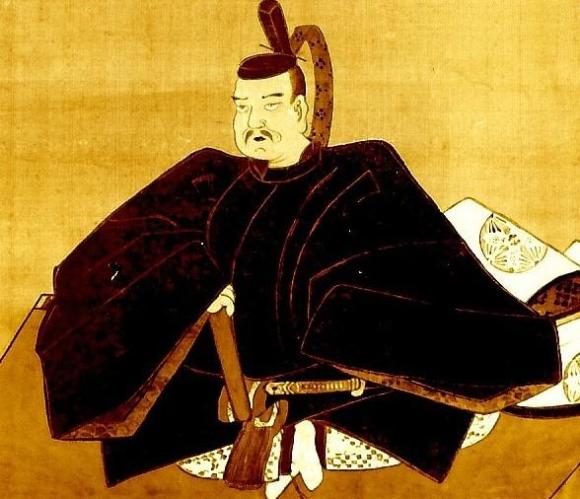
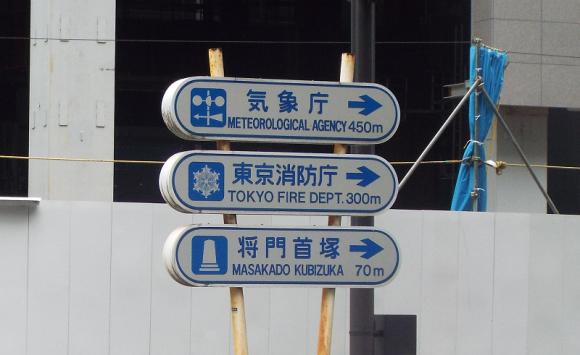
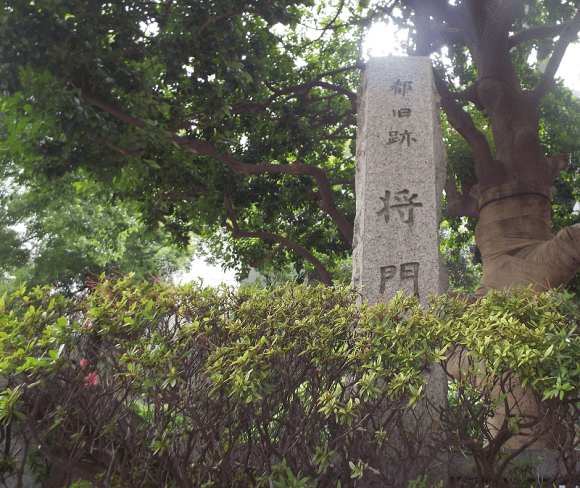
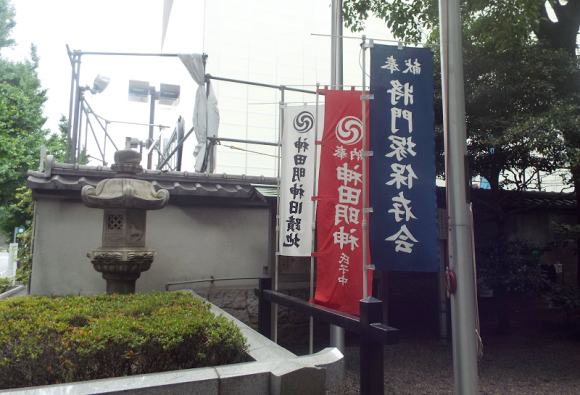
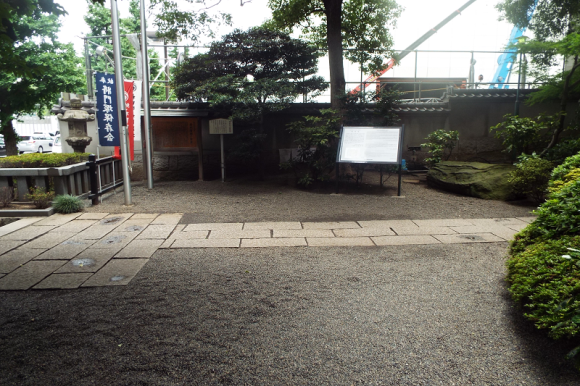
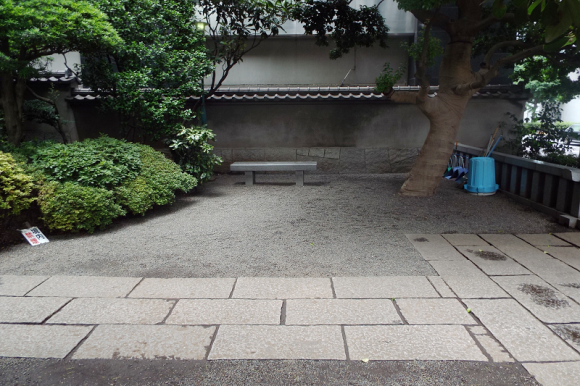
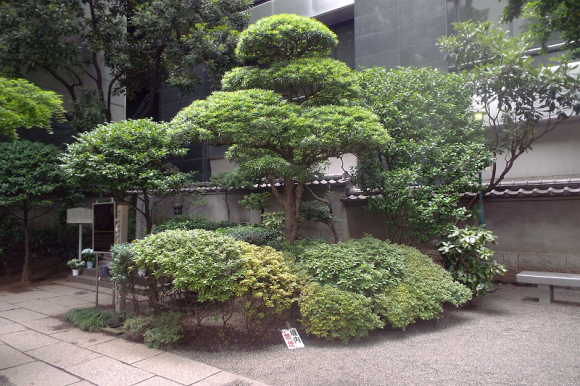
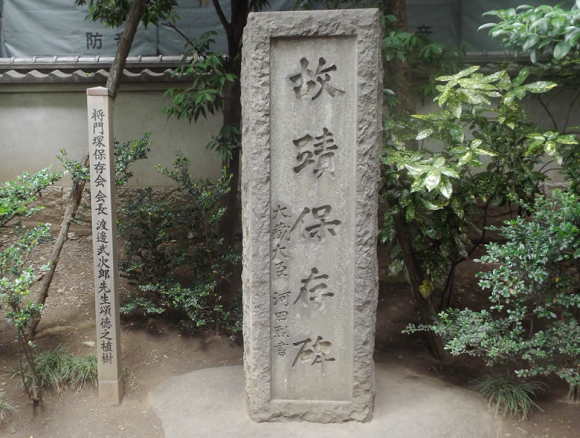
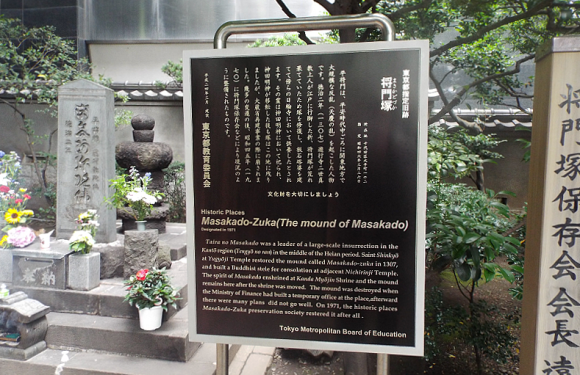
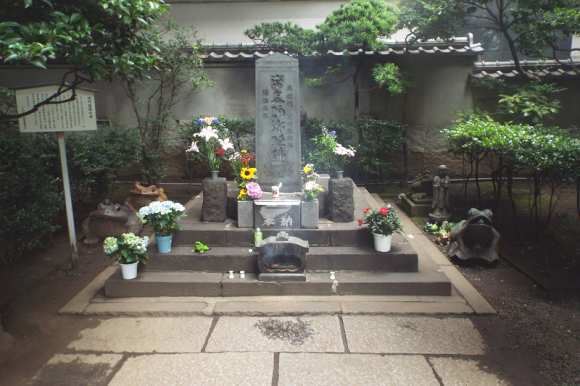
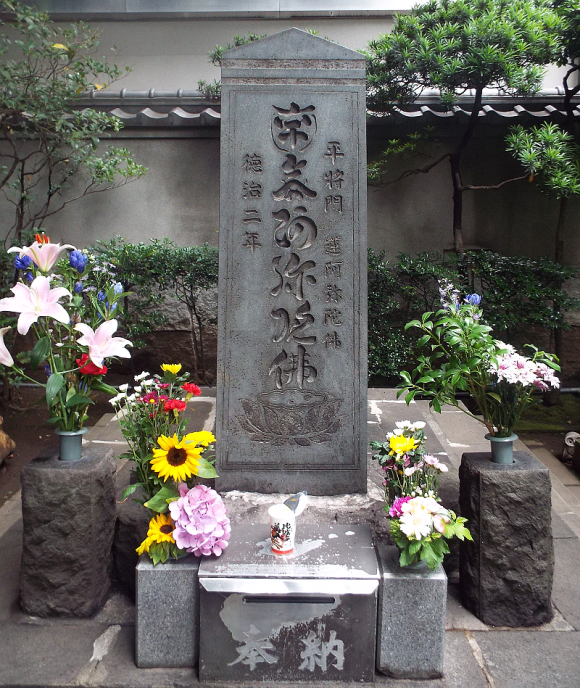
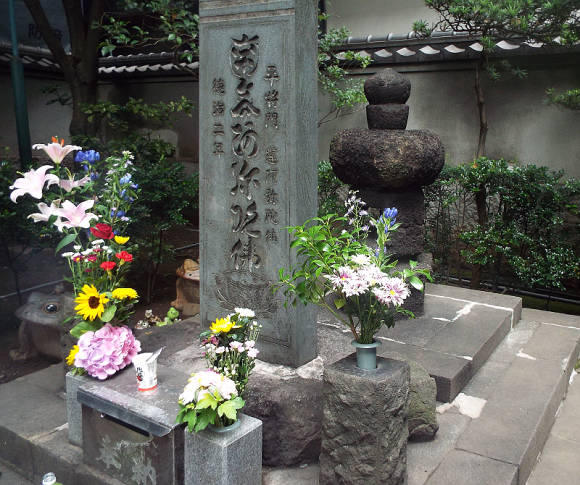
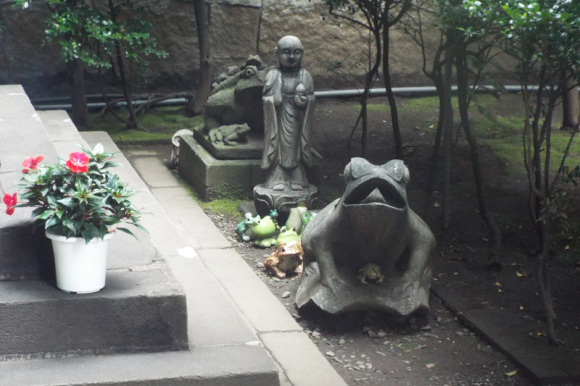

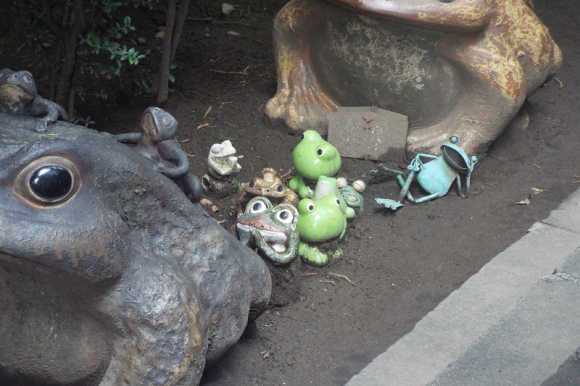
 Samurai’s severed head moved in Tokyo, earthquake occurs at his body in Ibaraki
Samurai’s severed head moved in Tokyo, earthquake occurs at his body in Ibaraki Tokyo’s angriest ghost gets a brand-new grave for his millennium-old severed head【Photos】
Tokyo’s angriest ghost gets a brand-new grave for his millennium-old severed head【Photos】 A visit to Japan’s forbidden forest of Yawata no Yabushirazu
A visit to Japan’s forbidden forest of Yawata no Yabushirazu Rakuten randomly offers 58 New Year’s osechi feasts in Japan, but did we get a star or a dud?
Rakuten randomly offers 58 New Year’s osechi feasts in Japan, but did we get a star or a dud? Top Japanese cosplayer Enako returns to Comiket after 6 years, creates mayhem with admirers
Top Japanese cosplayer Enako returns to Comiket after 6 years, creates mayhem with admirers The results are in! One Piece World Top 100 characters chosen in global poll
The results are in! One Piece World Top 100 characters chosen in global poll Godzilla-shaped ice cream on sale in Tokyo near the sight his most adorable rampage
Godzilla-shaped ice cream on sale in Tokyo near the sight his most adorable rampage Dragon Quest Burgers and Slime drinks are coming to McDonald’s Japan【Video】
Dragon Quest Burgers and Slime drinks are coming to McDonald’s Japan【Video】 Private booths are coming to Japan’s Shinkansen bullet trains even sooner than we’d thought【Video】
Private booths are coming to Japan’s Shinkansen bullet trains even sooner than we’d thought【Video】 Japanese beef bowl chain Sukiya’s 2026 Smile Box lucky bag basically pays for itself
Japanese beef bowl chain Sukiya’s 2026 Smile Box lucky bag basically pays for itself Tokyo fish market breaks New Year auction record as single fish sells for over 500 million yen【Vid】
Tokyo fish market breaks New Year auction record as single fish sells for over 500 million yen【Vid】 Eight-year-old boy gets stopped at the airport for a suspicious bulge in his pants
Eight-year-old boy gets stopped at the airport for a suspicious bulge in his pants A creepy new wrinkle to Japan’s chikan train groper schemes, and how to counter it
A creepy new wrinkle to Japan’s chikan train groper schemes, and how to counter it Starbucks Japan ready to get Year of the Horse started with adorable drinkware and plushies【Pics】
Starbucks Japan ready to get Year of the Horse started with adorable drinkware and plushies【Pics】 Hayao Miyazaki says Happy New Year to Studio Ghibli fans with new art for Year of the Horse
Hayao Miyazaki says Happy New Year to Studio Ghibli fans with new art for Year of the Horse Cup Noodle tries an authentic Jiro-style ramen, but something’s not quite right
Cup Noodle tries an authentic Jiro-style ramen, but something’s not quite right The best Starbucks Japan Frappuccinos we want to drink again in 2026
The best Starbucks Japan Frappuccinos we want to drink again in 2026 We revisited Sweets Paradise after a decade to see if Japan’s dessert buffet still delivers
We revisited Sweets Paradise after a decade to see if Japan’s dessert buffet still delivers That time Seiji called JASRAC to ask why he didn’t get paid royalties for his song being on TV
That time Seiji called JASRAC to ask why he didn’t get paid royalties for his song being on TV We found possibly the quietest Japanese-style hotel in Tokyo’s bustling Shinjuku district
We found possibly the quietest Japanese-style hotel in Tokyo’s bustling Shinjuku district Pizza Hut Japan’s hot lucky bags are perfect for a New Year’s pizza party
Pizza Hut Japan’s hot lucky bags are perfect for a New Year’s pizza party Japan’s oldest largetooth sawfish in captivity back on display in Mie Prefecture
Japan’s oldest largetooth sawfish in captivity back on display in Mie Prefecture 7-Eleven Japan starts new temporary luggage storage service in over 300 branches
7-Eleven Japan starts new temporary luggage storage service in over 300 branches Disillusionment at Tsukiji’s tourist-target prices led us to a great ramen restaurant in Tokyo
Disillusionment at Tsukiji’s tourist-target prices led us to a great ramen restaurant in Tokyo Starbucks teams up with 166-year-old Kyoto doll maker for Year of the Horse decorations【Photos】
Starbucks teams up with 166-year-old Kyoto doll maker for Year of the Horse decorations【Photos】 Tokyo considering law requiring more trash cans following litter increase in heavily touristed area
Tokyo considering law requiring more trash cans following litter increase in heavily touristed area Tokyo’s Tsukiji sushi neighborhood asks tour groups to stay away for the rest of the month
Tokyo’s Tsukiji sushi neighborhood asks tour groups to stay away for the rest of the month Tokyo event lets you travel back in time, for free, to celebrate 100 years since Showa era start
Tokyo event lets you travel back in time, for free, to celebrate 100 years since Showa era start Japan may add Japanese language proficiency, lifestyle classes to permanent foreign resident requirements
Japan may add Japanese language proficiency, lifestyle classes to permanent foreign resident requirements Sanrio theme park in Japan announces plans to expand into a Sanrio resort
Sanrio theme park in Japan announces plans to expand into a Sanrio resort Stamina-destroying “Paralysis Noodles” are Tokyo’s newest over-the-top ramen innovation
Stamina-destroying “Paralysis Noodles” are Tokyo’s newest over-the-top ramen innovation Survey asks foreign tourists what bothered them in Japan, more than half gave same answer
Survey asks foreign tourists what bothered them in Japan, more than half gave same answer Japan’s human washing machines will go on sale to general public, demos to be held in Tokyo
Japan’s human washing machines will go on sale to general public, demos to be held in Tokyo Japan’s deadliest food claims more victims, but why do people keep eating it for New Year’s?
Japan’s deadliest food claims more victims, but why do people keep eating it for New Year’s? We deeply regret going into this tunnel on our walk in the mountains of Japan
We deeply regret going into this tunnel on our walk in the mountains of Japan Studio Ghibli releases Kodama forest spirits from Princess Mononoke to light up your home
Studio Ghibli releases Kodama forest spirits from Princess Mononoke to light up your home Major Japanese hotel chain says reservations via overseas booking sites may not be valid
Major Japanese hotel chain says reservations via overseas booking sites may not be valid Put sesame oil in your coffee? Japanese maker says it’s the best way to start your day【Taste test】
Put sesame oil in your coffee? Japanese maker says it’s the best way to start your day【Taste test】 No more using real katana for tourism activities, Japan’s National Police Agency says
No more using real katana for tourism activities, Japan’s National Police Agency says Starbucks Japan reveals new sakura drinkware collection, inspired by evening cherry blossoms
Starbucks Japan reveals new sakura drinkware collection, inspired by evening cherry blossoms Updated cherry blossom forecast shows extra-long sakura season for Japan this year
Updated cherry blossom forecast shows extra-long sakura season for Japan this year
Leave a Reply